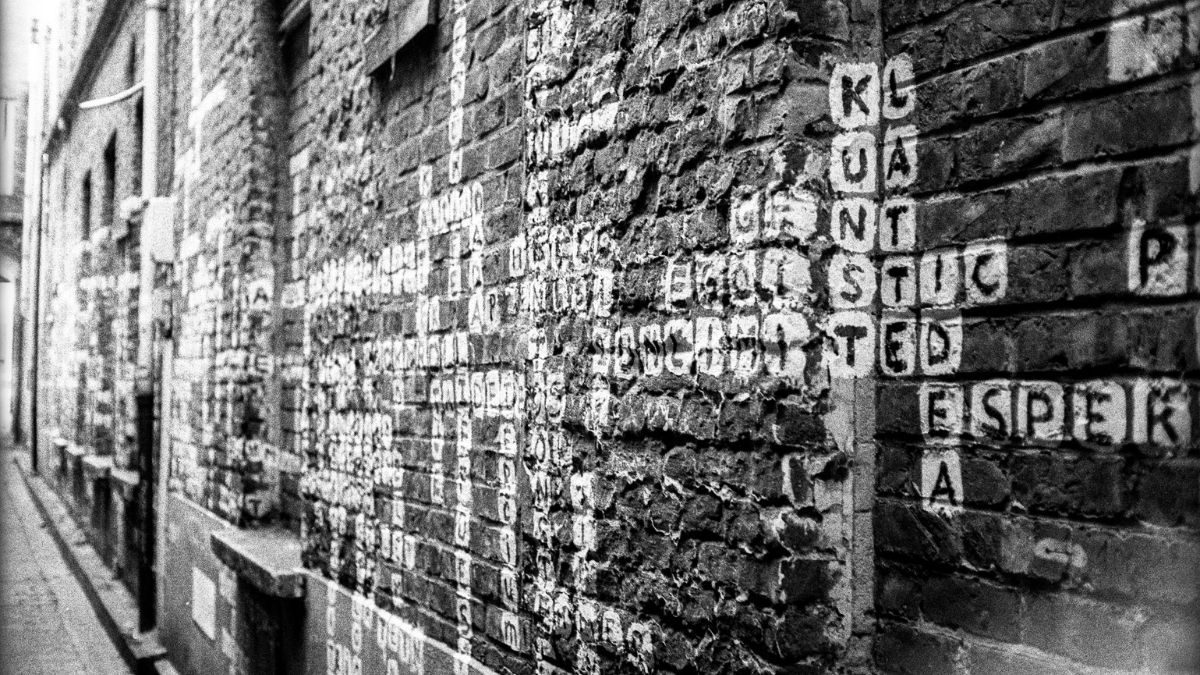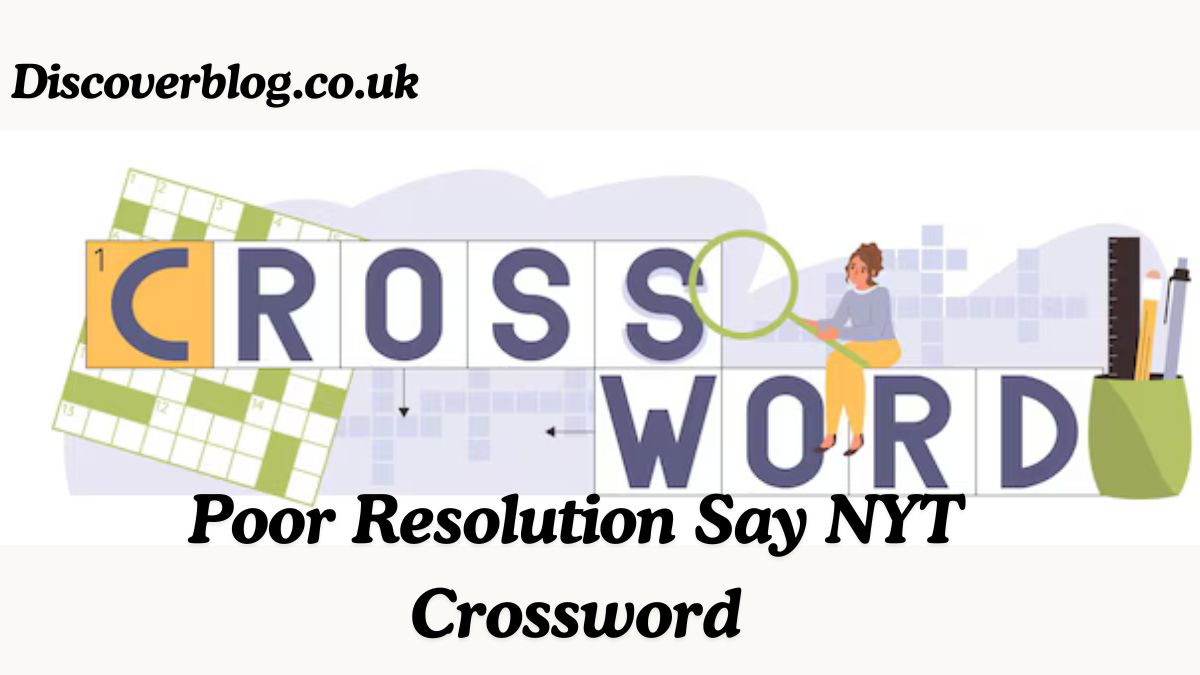Crossword puzzles have captivated minds for generations, offering a delightful blend of challenge and fun. Whether you’re a seasoned pro or a curious beginner, there’s something undeniably satisfying about filling in those little squares with the right letters. But sometimes, you might find yourself stumped by clues that seem to lead nowhere. Take the clue “Make a Basket For Example Crossword.” What could it mean? Don’t worry—solving crosswords is both an art and a science that anyone can master with the right approach! Let’s dive into some strategies and tips to help you tackle any puzzle like a champ.
How to approach solving a crossword puzzle
Approaching a crossword puzzle can feel daunting at first, but it’s all about strategy. Start by scanning the grid for any clues that stand out to you. Look for shorter words or familiar themes; these often serve as anchors.
Once you’ve identified a few answers, fill them in. This creates reference points for intersecting words. The more letters you reveal, the easier it becomes to guess other answers.
Don’t hesitate to jump around the puzzle. If one section stumps you, switch gears and tackle another area. Sometimes stepping back offers fresh insight.
Take note of common letter patterns too—like “-ING” or “-ED.” These can lead to quicker solutions when you’re stuck on longer phrases.
Remember that every crossword has its own rhythm and style, so adapt your approach based on what feels right for each unique challenge you encounter.
Tips and tricks for solving crossword puzzles
When tackling a crossword puzzle, start with the easiest clues. Fill in what you know first; it often sparks ideas for tougher ones.
Look out for common prefixes and suffixes. Words like “un-“, “re-“, or “-ing” frequently appear and can help unlock answers.
Don’t forget to use abbreviations. They show up regularly, especially in themed puzzles. Familiarize yourself with standard shorthand like “Ave.” for Avenue or “Dr.” for Doctor.
Cross-referencing is key. Use letters you’ve already filled in to guide your guesses on intersecting words.
If you’re stuck, take a break! Sometimes stepping away provides fresh perspectives when you return.
Keep a list of obscure terms handy. Crossword creators love using unique words that might not be part of your daily vocabulary but are essential to solving those tricky clues!
The importance of filling in the theme answers first
When tackling a crossword puzzle, identifying the theme can be a game-changer. Theme answers often hold key insights that guide your approach.
Filling in these themed clues first creates a framework for the rest of the puzzle. Once you have those initial words down, it becomes easier to see connections and patterns among other clues.
Thematically linked answers also provide valuable letters that help unlock adjacent squares. You may find inspiration flowing as you connect themes with related hints scattered throughout the grid.
Plus, solving theme answers early boosts confidence. It’s like lighting a spark; it motivates you to dive deeper into more challenging sections of the puzzle.
So next time you’re faced with a tricky crossword, prioritize those thematic entries. You’ll likely discover they open up new avenues for exploration and connection within your puzzling adventure!
Understanding the clues and their types
Crossword clues come in various forms, each requiring a different approach. Some are straightforward definitions, while others might use wordplay or puns to mislead.
Synonyms often play a vital role. When you see “basket,” think of related terms like “container” or “holder.” This expands your options and can lead to quicker solutions.
Then there are cryptic clues that twist meanings entirely. For example, “Make a basket” could imply more than just placing items inside; it might hint at something woven together.
Don’t overlook the potential for thematic clues either. They often relate to the broader theme of the puzzle and can guide your thinking toward specific answers.
Each clue type presents an opportunity for creativity and critical thought, making crossword solving both challenging and rewarding. Familiarizing yourself with these variations enhances your ability to tackle even the toughest crosswords effortlessly.
The process of elimination and using cross-referencing
The process of elimination is a powerful technique in crossword solving. When faced with tricky clues, start by listing all possible answers based on the letters you already have.
Cross-referencing comes into play when you can connect one clue to another. If you know an answer for a horizontal clue, check how it intersects with vertical ones. Filling in those intersections often reveals more letters, making it easier to deduce other answers.
For example, if you’re unsure about “Make a basket for example,” and your intersecting words suggest certain letters, use those hints to narrow down your options. This method sharpens focus and helps eliminate wrong choices quickly.
Keep tracking potential solutions until you’ve filled as many gaps as possible. The beauty lies in the puzzle-solving dance between logic and creativity that unfolds as you refine your guesses through these techniques.
Conclusion: Practice makes perfect when it comes to solving crossword puzzles
Make a Basket For Example Crossword can be both challenging and rewarding. As you tackle clues like “Make a Basket For Example Crossword,” remember that practice is key to improvement. The more puzzles you complete, the sharper your skills will become.
Each puzzle offers a unique opportunity to learn new words and phrases while honing your problem-solving abilities. Embrace the process, enjoy the challenge, and celebrate each small victory. Soon enough, you’ll find joy not just in completing crossword puzzles but also in discovering their hidden patterns and nuances.
So grab a pencil or open an app, dive into another puzzle, and keep practicing! With time and dedication, you’ll navigate even the trickiest of clues with confidence.











